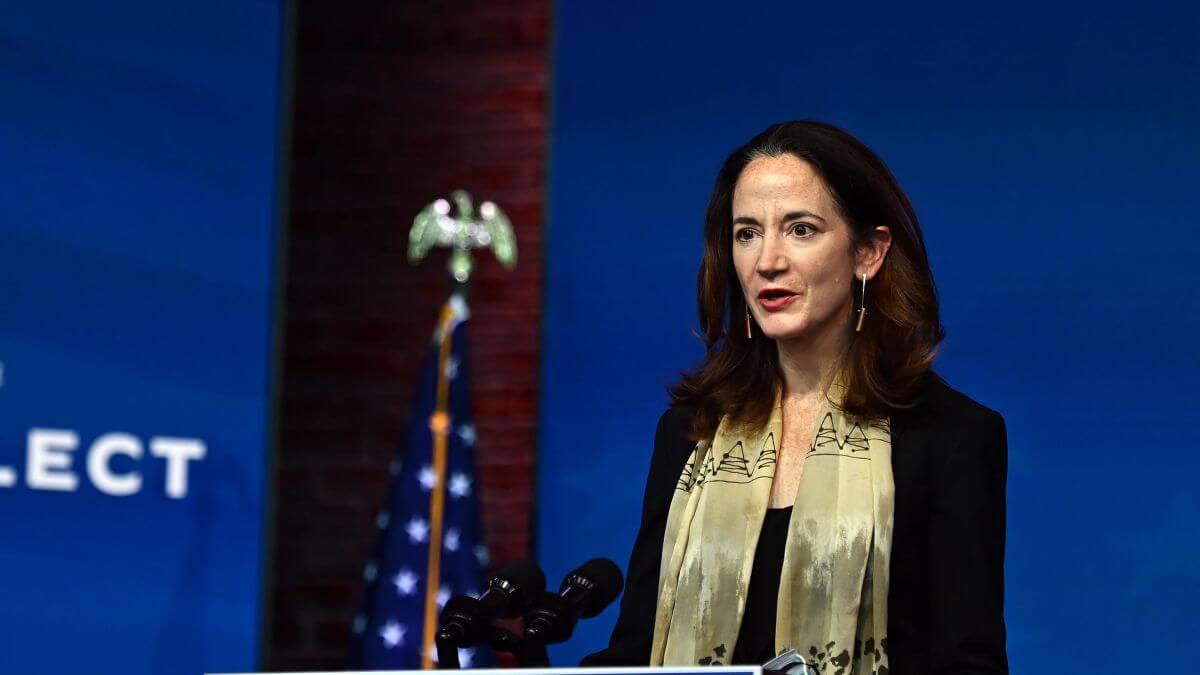The United States (US) Office of the Director of National Intelligence (ODNI) released its 2021 Annual Threat Assessment report on April 9, outlining the “diverse array of threats” the US could face due to the global disruption from the COVID-19 pandemic, technological advancements, and great power competition. Here are some key takeaways from the document:
China’s push for global power is the biggest threat to the US
The report puts China’s hunger for power and influence as the leading challenge to US national security, followed by provocative actions by Russia, Iran, and North Korea. Arguing that Beijing views its competition with Washington as part of an “epochal geopolitical shift,” it states that the Chinese Communist Party (CCP) will continue amassing military, economic, and technological innovation and capabilities to ensure its relevance and survival. The text further claims that the CCP’s strategy is to engage in “whole-of-government efforts to spread China’s influence, undercut that of the United States, drive wedges between Washington and its allies and partners” and foster international acceptance of its authoritarian system. The document also mentions Beijing using vaccine diplomacy and its Belt and Road Initiative (BRI) to help achieve this goal.
Though the report does not predict any direct military conflict between the US and China, it points to continued tensions due to Chinese aggression in the South China Sea and against Taiwan. “We expect that friction will grow as Beijing steps up attempts to portray Taipei as internationally isolated and dependent on the mainland for economic prosperity, and as China continues to increase military activity around the island,” the document says. It also foresees Chine doubling its nuclear stockpile over the next 10 years, and making tremendous strides in space and satellite technologies, which will present a formidable cyber-espionage threat, made worse by its close and growing strategic cooperation with Russia.
The prospects for a peace deal in Afghanistan are low
The document paints a grim picture for Afghanistan over the next year, stating that prospects for a peace deal will remain low. “The Taliban is likely to make gains on the battlefield, and the Afghan Government will struggle to hold the Taliban at bay if the coalition withdraws support,” it says. The less-than-appealing outlook is sure to complicate things for President Biden, who is gearing up to announce the full withdrawal of US troops from the war-torn nation by September 11. This assessment could serve as the ideal tool for his critics to suggest that in moving forward with the drawdown of forces, the president is ignoring the intelligence community’s warnings.
The economic and political implications of the COVID-19 pandemic will be felt for years
“We expect COVID-19 to remain a threat to populations worldwide until vaccines and therapeutics are widely distributed,” the report says, warning, however, that the fallout from the crisis is likely to worsen instability in some nations, especially in the midst of ongoing conflict and extreme climatic events. Given that the pandemic has prompted shifts in security priorities for countries around the world, the document states that responding to such challenges is going to now become even more difficult, “particularly because the pandemic has not caused any diminution in the number or intensity of conflicts.”
The text further notes that disruptions in essential health services due to the coronavirus crisis will leave world populations, including that of the US, “vulnerable to new outbreaks of infectious diseases as risk factors persist, such as rapid and unplanned urbanization, protracted conflict and humanitarian crises, human incursions into previously unsettled land, expansion of international travel and trade, and public mistrust of government and health care workers.” The report also lists climate change and environmental degradation, migration, foreign illicit drugs and organised crime, and cyber technology as other transnational issues that warrant further attention.
The annual assessment will be the subject of congressional hearings on Wednesday and Thursday. Director of National Intelligence (DNI) Avril Haines and CIA Director William Burns will testify publicly on the report for the first time since their confirmations earlier this year.
You can read the full report here.

